A Cobra is any number of species in the taxonomic genus Naja. Researchers consider those within this genus as the “true” Cobras. Naja members rear upwards and flatten their necks into a hood when threatened.
However, people refer to a number of other closely related species as “Cobras” including King Cobras, Tree Cobras, and more. Read on to learn about the Cobra.
Description of the Cobra
The genus contains at least 32 living species. Though each species is different, they all share some specific characteristics. Generally, these snakes are thick-bodied, have flattened hoods on their necks, and can rear upright.
These snakes range drastically in size. At their largest, they reach about 10 feet long, but lengths of between 4 and 8 feet are more common. Most species weigh around 6 pounds on average.
Interesting Facts About the Cobra
You can find many different species of Cobras across Africa and Asia. Learn some fun facts about a few specific species below.
- Indian Cobra – This species, also known as the Asian or spectacled Cobra, is an incredibly common and well-known species. It is a member of the “Big Four,” or one of four species of Indian snakes that bite the most humans. The first is the common krait (a sea snake), next is the Russel’s viper, then the saw-scaled viper, and last is the Indian Cobra.
- Indochinese Spitting Cobra – As their name suggests, this snake commonly spits as a defensive measure. However, it does not spit saliva, but venom. If the venom gets in the eyes, it can cause blindness. Several other species also spit, including the giant, Mali, Mandalay, Mozambique, zebra, black-necked, Nubian, red, Javan, and more.
- Samar Cobra – Also a spitting species, this snake is quite striking. Its head is bright yellow and black, and the rest of its body is a mottled combination of the two.
- Forest Cobra – This species is the largest in the genus. Though they usually measure closer to 6 or 7 feet, some individuals reach 10 feet in length! Its venom is also highly toxic, but it rarely bites humans because it remains in dense forests.
Habitat of the Cobra
The various species live in a wide range of habitats. Some inhabit forests, rainforests, woodlands, scrubs, and other heavily wooded areas. Others live in grasslands, savannas, and even mountainous regions.
As humans continue destroying their natural habitats, these creatures have expanded into more urban areas. Some species live in pastures, farms, plantations, and similar areas.
Distribution of the Cobra
Different species live in different regions. Some live across wide ranges, while others occupy just a small region. The various species live throughout Africa and portions of Asia, including the surrounding Islands.
Diet of the Cobra
All of the different species are carnivores, though their diet changes based on their size and where they live. Snakes in one region might encounter entirely different prey than those in another region. However, across the board rodents make up a large part of their diet.
Some other prey items include birds, frogs, smaller snakes, lizards, eggs, and more. Their venom incapacitates their prey, and then they swallow their food whole.
Cobra and Human Interaction
Human interaction varies from species to species. Some species interact with humans quite frequently, usually while looking for rodent prey attracted to human habitation. Other species prefer isolated regions and do not come across humans regularly.
Despite the danger their venom poses to humans, humans are the greater danger to these snakes. Habitat destruction is a primary danger to these creatures. This impact varies from species to species. Some species have stable populations, others are in decline, and others have not been evaluated.
Domestication
Humans have not domesticated these reptiles, but they have “charmed” them for many years.
Does the Cobra Make a Good Pet
No, you do not want this venomous snake as a pet. They are incredibly dangerous, and a single bite can kill you.
Cobra Care
Humans keep many of the different species in zoos and research facilities. One important purpose for keeping these snakes is venom collection. Scientists use this venom to create antivenom to treat snakebites.
Animals in zoos serve as ambassadors for their species. Zookeepers teach guests to respect these snakes rather than fear them.
Behavior of the Cobra
Each species has its own unique behaviors. Most species are terrestrial, and hunt primarily on the ground, but some do climb trees searching for food. Some species are diurnal and active during the day, others are nocturnal and active at night.
All of the different species behave in a similar fashion when threatened. They raise the front portion of their bodies up and flatten the skin on their necks, known as a hood.
Reproduction of the Cobra
Each species has its own breeding behavior. In some species, the males wrestle with one another for mating rights. After mating, the female lays a clutch of eggs in a hollow log, underground, or another protected area.
Though most reptiles do not care for their young, several species of Cobras guard their eggs. Most species lay between 10 and 20 eggs per clutch. It takes about 2 or 3 months for the eggs to hatch. Once they have hatched, the young snakes receive no additional parental care.

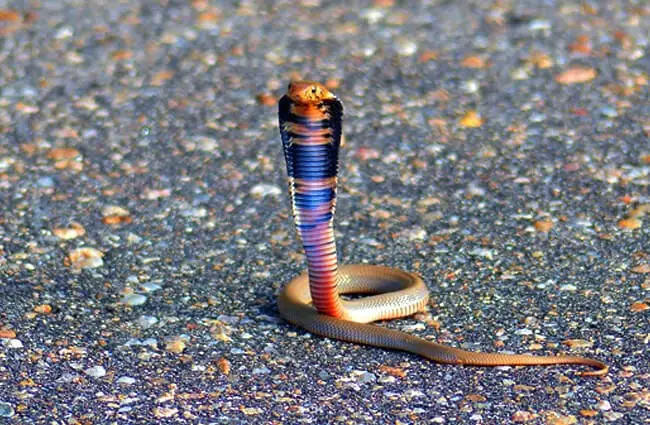
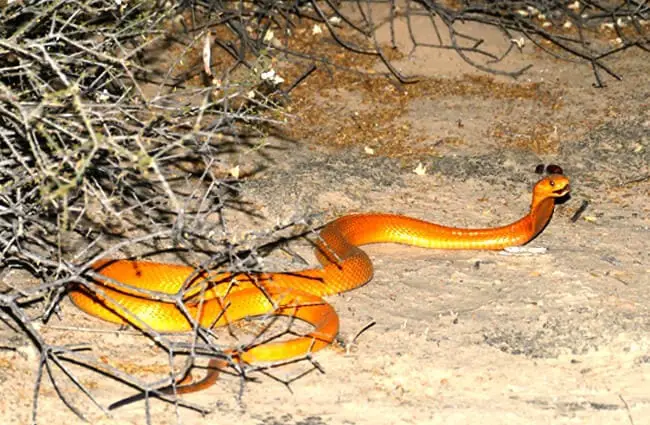
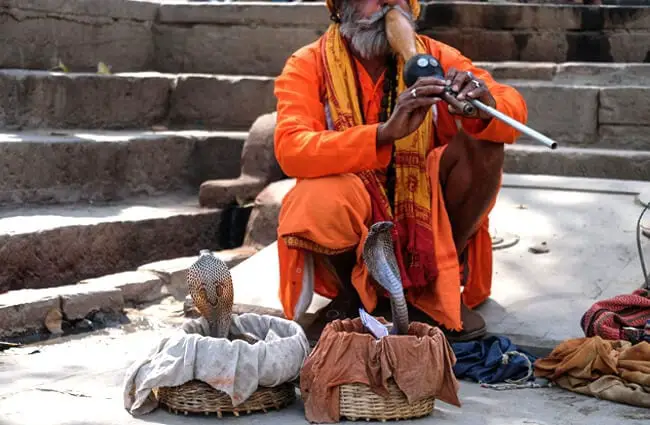
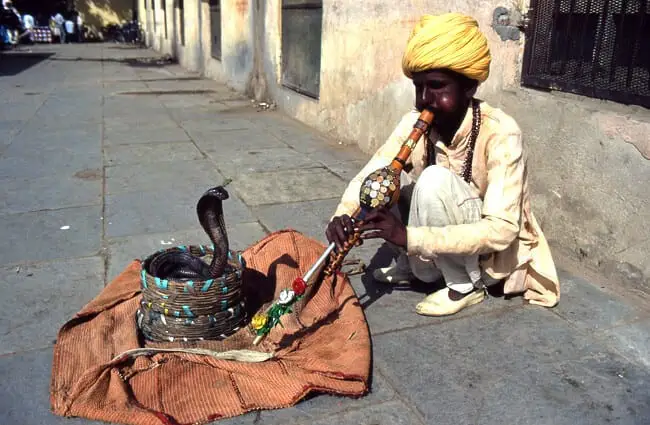

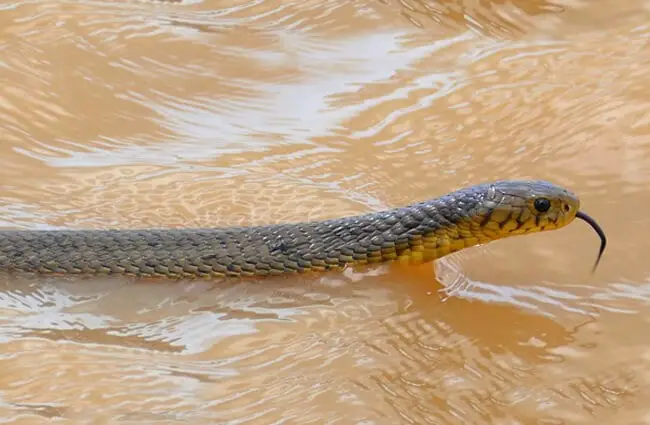

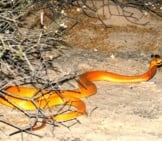




![Red Angus Closeup of a beautiful Red Angus cowPhoto by: U.S. Department of Agriculture [pubic domain]https://creativecommons.org/licenses/by/2.0/](https://animals.net/wp-content/uploads/2020/03/Red-Angus-4-238x178.jpg)












![Red Angus Closeup of a beautiful Red Angus cowPhoto by: U.S. Department of Agriculture [pubic domain]https://creativecommons.org/licenses/by/2.0/](https://animals.net/wp-content/uploads/2020/03/Red-Angus-4-100x75.jpg)

